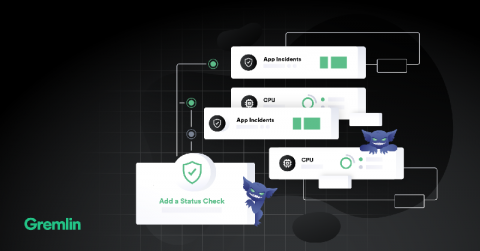What your company can learn from the Bank of England's resilience proposal
Learn how to modernize your financial systems with confidence while mitigating risk (and meeting compliance). This article was originally published on TechCrunch. The outages at RBS, TSB, and Visa left millions of people unable to deposit their paychecks, pay their bills, acquire new loans, and more.











